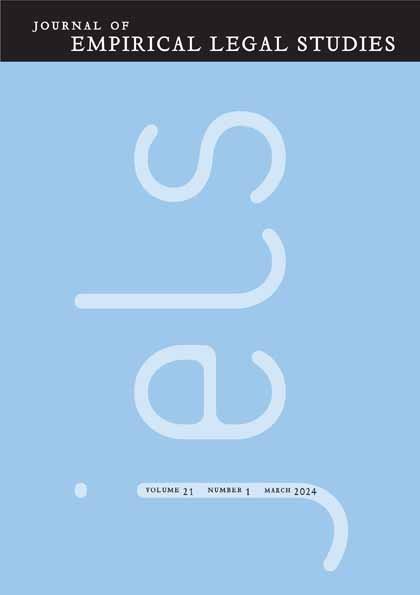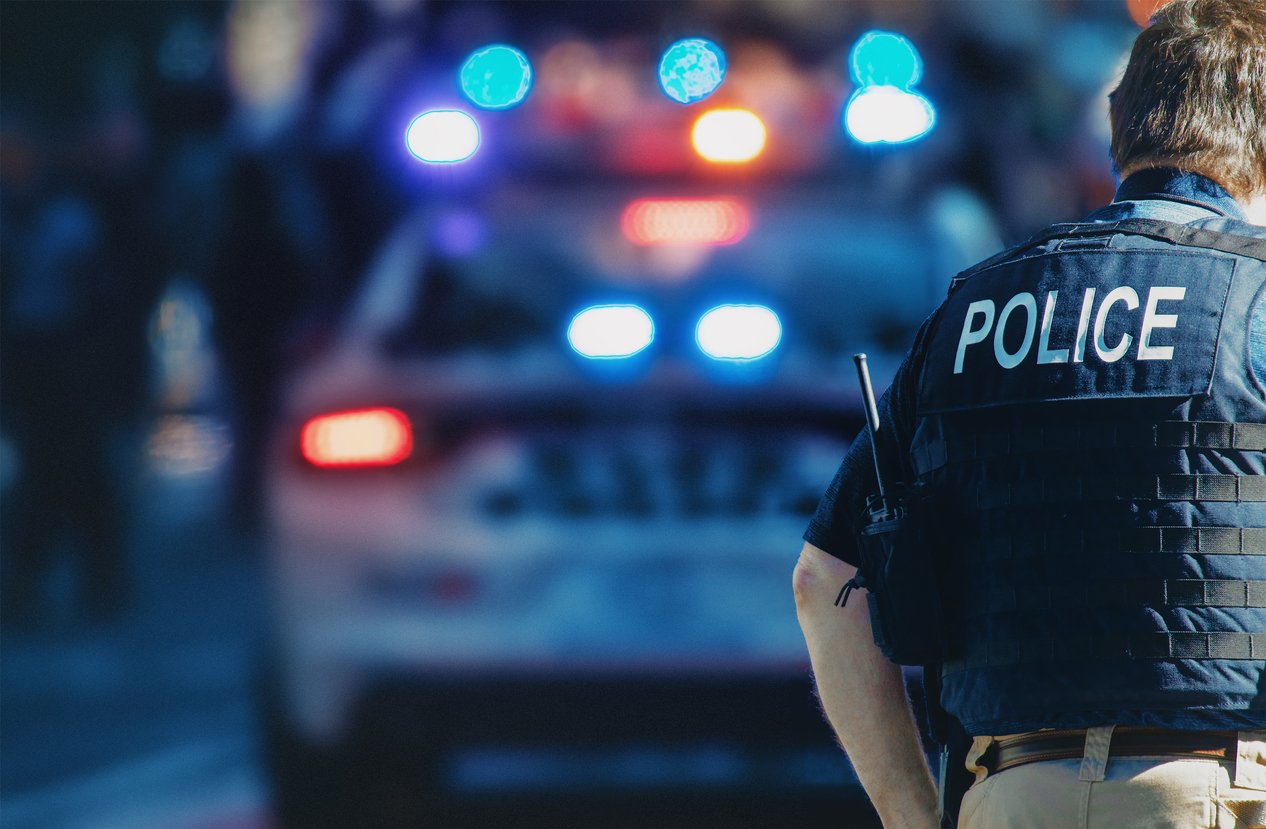By Mike Males
California is not “defunding the police” nor implementing lenient criminal justice reforms – just the opposite. State spending on law enforcement has risen sharply, even after adjustments for inflation and population growth. The odds of being imprisoned per arrest have risen to near-record heights. However, despite record spending on California law enforcement agencies in recent years, one of the core measures of law enforcement effectiveness— crime clearance rates — has fallen to historically low levels. An agency’s clearance rate is the share of Part I violent and property crimes2 that are considered solved after law enforcement makes an arrest. Over the past three decades, these clearance rates fell by 41%, from a 22.3% clearance rate in 1990 to 13.2% in 2022, which equates to fewer than one in seven crimes solved (Figure 1, Table 1). California’s decline in overall clearance rates has been driven by falling property felony clearances (-59%), though the solve rate for violent felonies also fell during the 1990 – 2022 period (-14%).
San Francisco, Center on Juvenile and Criminal Justice. 2024, 8pg























